| Premium large car; Built in South Korea |
|
|
| Good condition price range: $8,600 – $30,700* |
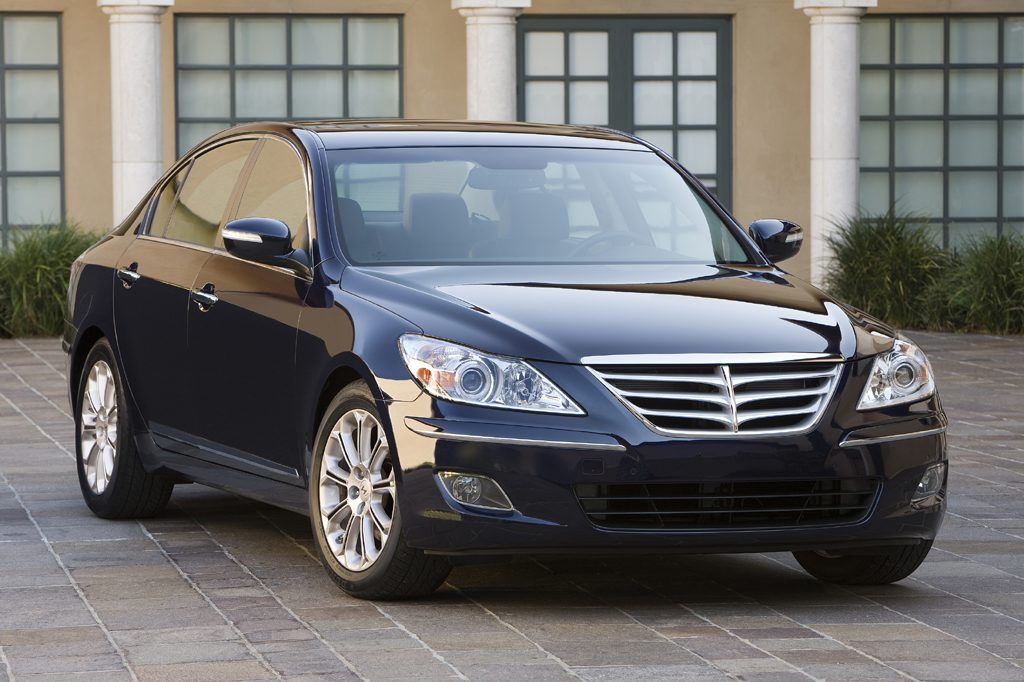
2009 Hyundai Genesis Front
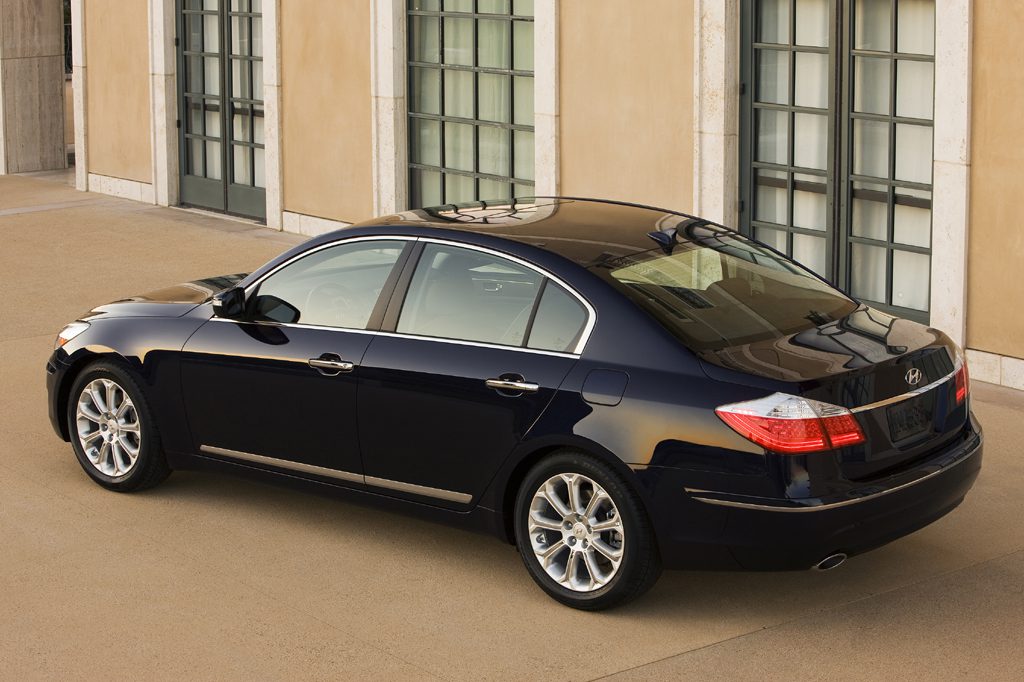
2009 Hyundai Genesis Rear
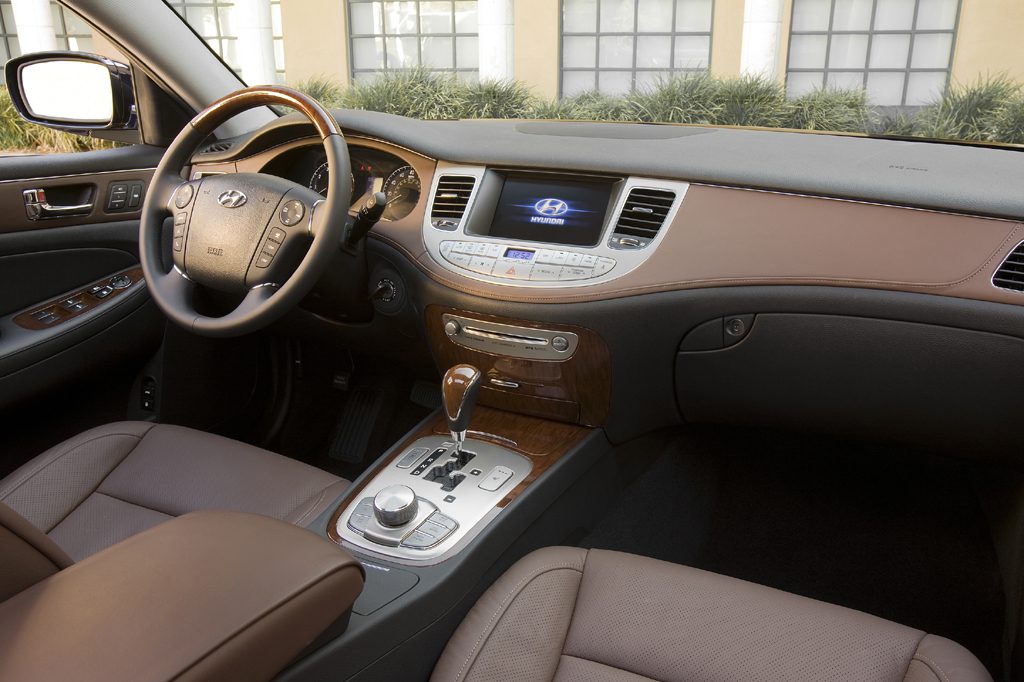
2009 Hyundai Genesis Interior
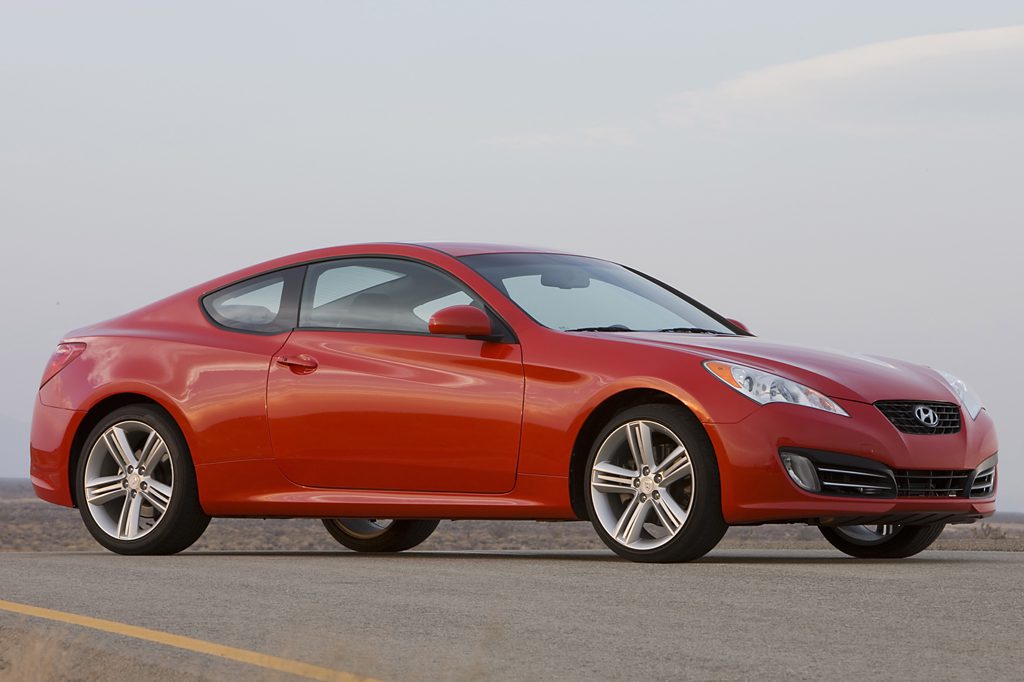
2010 Hyundai Gensis Coupe Front
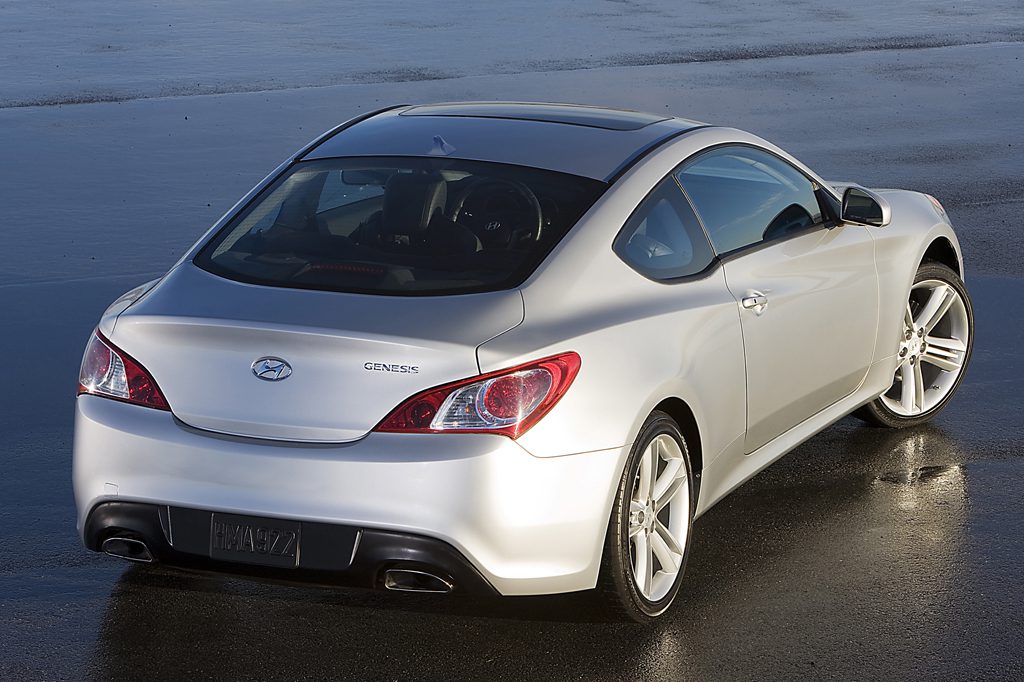
2010 Hyundai Genesis Coupe Rear
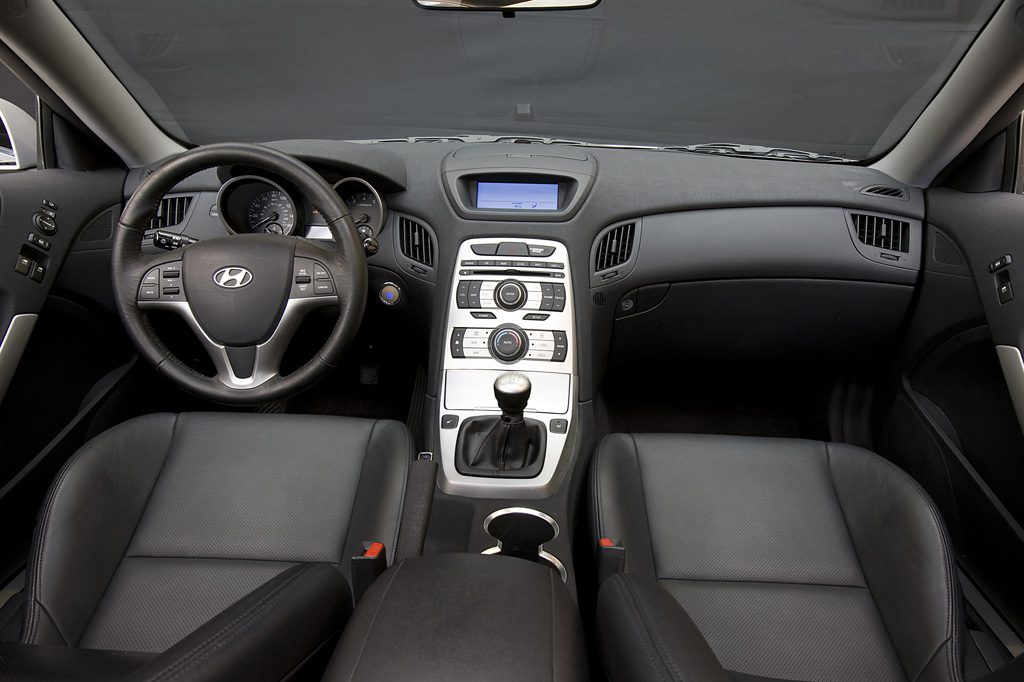
| Pros: |
|
| Cons: |
|
Though the Hyundai name has little of the cachet of rival brands in this class, Genesis holds its own in terms of powertrain performance, and has offered impressive amenities at relative bargain pricing for new models. While any Genesis sedan qualifies as a worthy Best Buy (2010-11), we consider the V6 version a better value that gives up little to the V8s in everyday driving. Hyundai’s first rear-drive performance coupe offers compelling performance and earns a Recommended (2010) rating. Rakishly shaped, the coupe is a well-rounded machine that strikes an appealing balance among acceleration, affordability, ride comfort, and handling.
Overview
Hyundai introduced a new Genesis premium large rear-drive sedan for 2009 with V6 or V8 power, and then followed it up with a smaller, sportier coupe for the 2010 model year. The Genesis sedan was this Korean automaker’s first rear-wheel-drive vehicle, as well as its first use of an available V8 engine. Genesis was about 6 inches longer in wheelbase and 3 inches longer overall than Hyundai’s existing Azera front-drive sedan. Two engines were available: a 290-horsepower, 3.8-liter V6; and a 375-hp, 4.6-liter V8. Both engines teamed with a six-speed automatic transmission that had a manual shift gate. Standard safety features included antilock brakes, traction control, an antiskid system, curtain side airbags, front side airbags, and rear side airbags. Leather upholstery and heated front seats also were standard. Among the available features were a heated and cooled driver’s seat, wireless cell-phone link, a navigation system with hard drive for storing digital music files, a rearview camera, and front- and rear-obstacle detection. Steering-linked adaptive bi-xenon headlights were also offered. A knob in the center console governed audio, navigation, and other functions. A power rear sunshade and power tilt/telescopic steering wheel were standard in V8 models. Rivals included the Cadillac DTS, Chrysler 300, and Lincoln MKS.
Yearly Updates
| 2010 Genesis Hyundai’s V8 engine gained 10 horsepower, now rated at 385. Adaptive cruise control became available on all models. Biggest news of all, though, was the debut of the Genesis coupe, built on a shortened version of the sedan’s platform. Coupes came with either a 210-horsepower, 2.0-liter turbocharged four-cylinder engine or a 306-hp, 3.8-liter V6. A six-speed manual gearbox was standard. A five-speed automatic was optional with the four-cylinder turbo, while a six-speed automatic was optional with the V6. The coupe lineup even included sporty Track editions. |
| 2011 Genesis The 2011 Hyundai Genesis V8 sedan gets additional standard equipment but is otherwise largely unchanged. The coupe shuffles its model lineup to add R-Spec versions of the 2.0T and V6 while dropping the 2.0T Track and base V6. |
| 2012 Genesis The Hyundai Genesis sedan received freshened styling and a host of changes for 2012. The base 3.8 model’s 3.8-liter V6 got a boost in horsepower from 290 to 333. While the 4.6 returned with a 385-hp V8, it was joined by a new performance-oriented 5.0 R-Spec with a 429-hp 5.0-liter V8. All engines were mated to a new 8-speed automatic that replaced a 6-speed. The 2012 Hyundai Genesis coupe had no changes of note. |
| 2013 Genesis For 2013, Hyundai dropped the 4.6-liter V8 engine from the Genesis sedan’s roster, but added technology features including a revised infotainment system and the company’s Blue Link assistance. Otherwise, the Genesis sedan saw no significant changes. The Genesis Coupe got refreshed exterior and interior styling, new wheel designs, revised powertrains and new features for 2013. Among the changes in appearance were a new front fascia, grille, headlights, fog lights, hood, and LED-accented tail lights. Also new were optional LED daytime running lights. Also, Genesis Coupe engines were revised and were paired with a 6-speed manual or new-for-2013 8-speed automatic transmission. The changes resulted in more power and higher projected fuel economy. |
| 2014 Genesis Hyundai’s large sedan saw a few minor updates for 2014, such as 18-inch wheels on the 3.8 V6 model and a heated steering wheel on the 5.0 R-Spec model. Genesis delivered premium interior furnishings, high-end features, and impressive powertrain performance without the price tag associated with most premium-large cars. Of particular note was the 3.8 model and its V6 engine. That model cost less than a V8-equipped car, but sacrificed little in terms of everyday driving. The Genesis coupe gained some additional standard equipment for 2014—including standard hill-hold for all manual transmission cars. |
